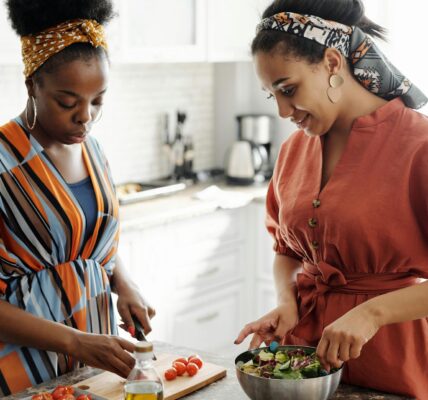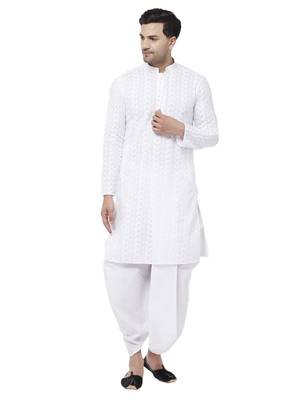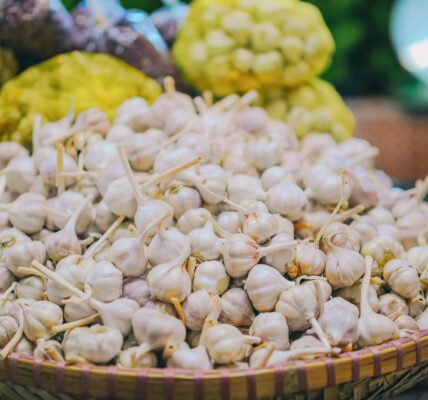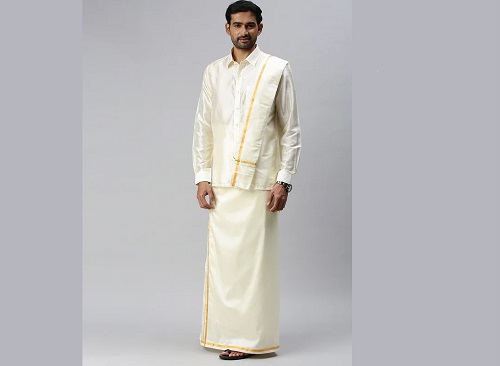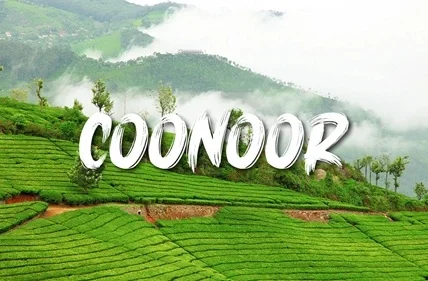East India’s West Bengal, a state renowned for its cultural diversity, has a wonderful past represented in its traditional attire. West Bengal is a treasure trove of distinctive traditional clothes due to the many different groups and their varied clothing tastes. Let’s explore the fascinating world of traditional clothes for both men and women in West Bengal, from elegant sarees to gorgeous dhotis.
The Splendor of Sarees
In West Bengal, the saree is the picture of grace and refinement for ladies. The state is proud of its excellent handloom sarees, prized for their deft craftsmanship and delicate motifs. The Baluchari saree represents a well-known saree and is distinguished by its intricate mythological themes and vivid hues.
Another wonderful option is the Jamdani saree, woven with exquisite floral motifs. The Tant saree is ideal for the hot, humid atmosphere of the area because it is constructed of lightweight, breathable cotton. Each Bengali lady retains a special location in her heart for the saree, whether she wears one for special events or regularly.
West Bengal Traditional Attire for Female
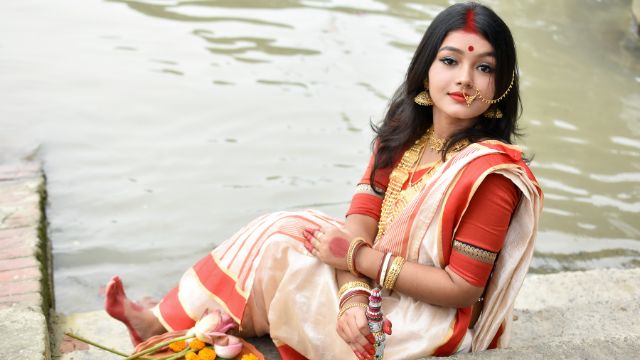
Women in West Bengal also favor other traditional clothing items besides sarees. Muslim ladies like to wear the Shalwar Kameez, a loose-fitting tunic with slacks. It exudes a traditional charm while offering modesty and comfort. The Tidbit, the name for the traditional clothing worn by Santhal women, is composed of a wraparound skirt and a vivid top with vibrant embroidery and mirror work.
The Kurta and Dhuti is a characteristic outfit worn by the ladies of the Rajbanshi community, additionally referred to as the Kurmi. A wrapped cloth is worn over a knee-length tunic, adding a distinctive touch to their cultural identity.
Elegance in Men’s Attire
Dhotis, a long, rectangular piece of clothing worn by men in West Bengal, traditionally round the legs and waist. Based on the situation, it is frequently worn with either a kurta or a shirt. The dhoti is seen as a symbol of tradition and pride, with great cultural value. During momentous rituals like weddings, men often adorn themselves with accouterments such as a topor (traditional headpiece made of shola pith). Ethnic clothing is the ideal complement to West Bengal’s rich cultural history.
1. Punjabi Dhoti
Interestingly, Kolkatan men’s traditional clothing is called “Panjabi.” A Kurta or other long, full-sleeved top is frequently worn with a dhoti. The traditional clothing Bengali men wear is light, breezy, and incredibly comfortable—perfect for the hot summer months.
2. Kurta
Earlier in the British era, men in Kolkata wore a white dhoti with a colored or patterned kurta as part of their traditional attire. The dhotis are no longer drab, plain whites despite the advent of modern times; instead, they’ve become a statement of style.
3. Lungi (Tehmad)
The City of Love is a fun place for men to play up their sense of style because there are many different fabrics, colors, and prints designed exclusively for dhotis. If you stroll around Kolkata’s streets, you hardly ever see somebody dressed in the same old white dhoti and kurta.
A Lungi is another component of West Bengali men’s traditional attire. It is a style of trousers that is worn with a dhoti-like waistband. The Lungi is a great option for daily use in the West Bengal state because of its relaxed and cozy feelings. In the villages of Bengal, men of all ages dressed up in Lungis, which come in various sizes and colors and are worn with various colorful kurtas and shirts.
In conclusion, the men dress in a way typical of Kolkata and fit the city’s spirit. The costume is loosely fitted to calm the men and keep them sane during the hot and muggy months of June and July, just like the informal mood of their city.
Embellishments and Accessories
In West Bengal, men and women dress traditionally and accessorize with various items. Women adorn themselves with exquisite jewelry featuring red and white conch shell bangles, known as Pola and Shankha, as well as gold earrings, necklaces, and bangles. Men frequently wear a gold chain, bracelets, and a metal incense burner called a Dhunuchi that is swung at religious festivals. These extras give the image a dash of tradition and richness.
When People Wear Traditional Bengali Dress
Regularly, both men and women dress in traditional West Bengali attire. Both men and women cannot give up wearing the traditional clothing of West Bengal due to its unrivaled elegance, portability, and affection for our nation. Because of how deeply ingrained it is in our culture, abandoning our roots strips us of all the benefits of preserving India’s rich cultural legacy.
Conclusion
West Bengal’s traditional attire skillfully conveys the essence of the area’s rich cultural heritage. Every outfit, from the exquisite sarees to the respectable dhotis, tells a different tale and captures the state’s diversity. West Bengal residents proudly wear traditional clothing, stoking the flame of their illustrious cultural heritage. Therefore, the West Bengali traditional gowns continue to be a dynamic emblem of their heritage, gracing both men and women with ageless elegance and grace during every celebration, be it a festival, wedding, or other event.

Santosh Kumar is an editor at unfoldstuffs.com and a professional content writer. With years of experience he is passionate for creating engaging, informative and impactful topics.
